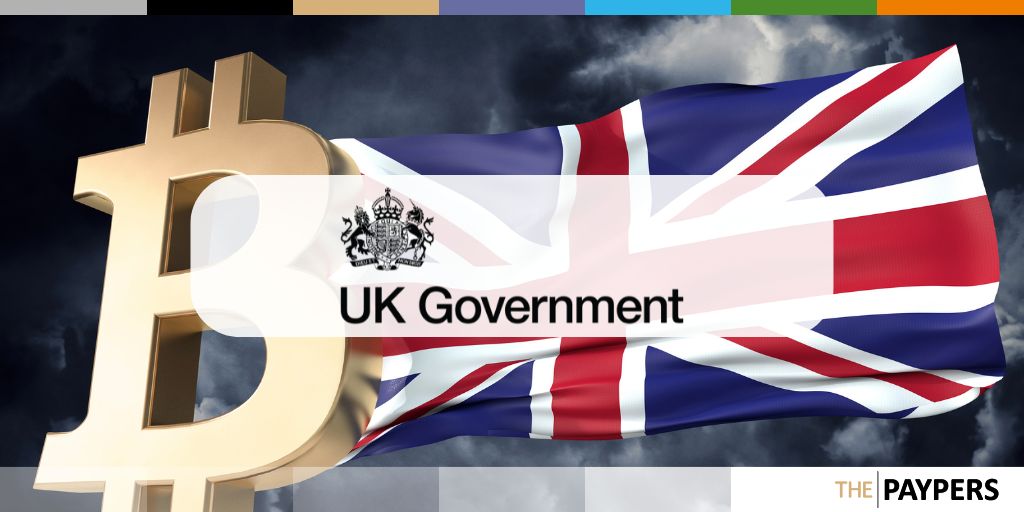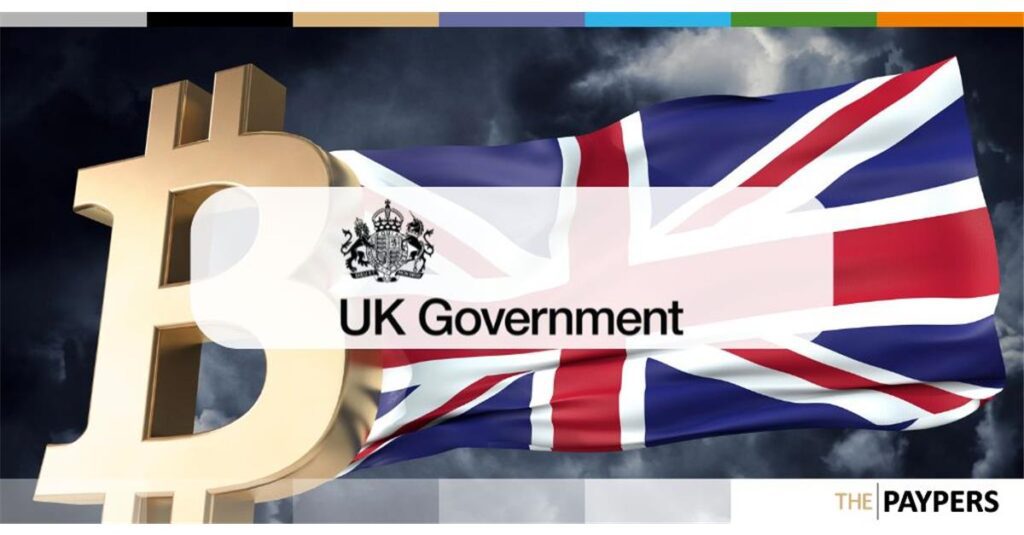The British government has decided to move forward with a bill that will bring cryptocurrency companies under formal financial regulations.
This indicates that the United Kingdom is trying to adopt a framework similar to that of the United States. The proposals aim to impose transparency, consumer protection and operational standards on companies linked to the crypto operating in the country.
Under new rules, companies involved in cryptocurrency grants, exchanges and related services will be integrated into the existing regulatory structure. This includes obligations for companies to comply with the established standards designed to limit risks and prevent professional fault. Managers of the British Finance Ministry said that the regulation is intended to support responsible activity in the sector while dealing with a fault.

Alignment with the United States on the EU
Unlike European Union markets in cryptocurrency market regulations (MIRC), which provides a specific crypto regime, the United Kingdom plans to treat cryptography largely in the context of existing financial regulations. This approach more closely reflects the position taken by American agencies, which generally classify digital assets as titles according to Reuters.
According to the officials cited by the same source, the legislation is based on previous proposals published in 2023 and is expected to be finalized by the end of this year. Representatives of the British government had discussions with their American counterparts during a recent visit to Washington and plan to continue these conversations in June.
The laws proposed also include specific provisions for stablescoins, digital tokens intended to maintain a fixed value compared to assets such as the USD. Only transmitters based in the United Kingdom would be the scope of the new rules.
About 12% of adults in the United Kingdom have had some exposure to cryptocurrencies, according to government figures cited by Reuters, marking a high increase of 4% in 2021. Some criticisms maintain that the application of formal regulations in the sector could lead consumers to underestimate the risks associated with digital assets, in particular those with little or no intrinsic value.




